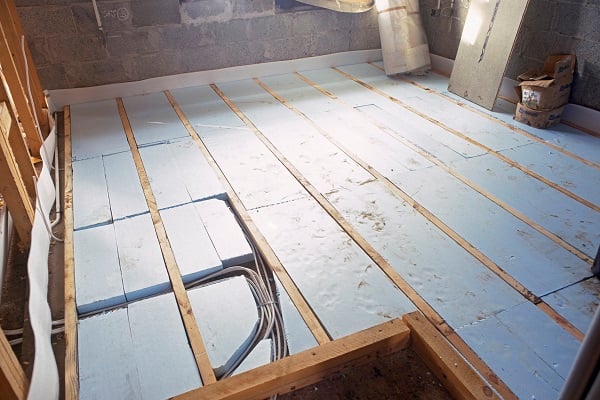Most fires are usually preventable – those who are responsible for the blocks of flats or other buildings can avoid such fires by taking responsibility for and adopting the right procedures. A fire requires three components to start such as a source of ignition or heat, a source of fuel or something that burns, and oxygen. Naked flames, heaters, smoker’s material, electrical equipment, and anything that can cause a spark are considered sources of ignition. Sources of fuel include rubber, paper, wood, foam, waste rubbish, and loose packaging materials. On the other hand, oxygen is supplied from the air in the environment. Once these three components are present, a fire can easily arise. This article provides information on the importance of a fire risk assessment for blocks of flats.
Owners of blocks of flats should carry out a comprehensive fire risk assessment and keep the procedure up to date to prevent the occurrence of a fire in the building. Based on the findings of such an assessment, the building owner should ensure that adequate fire safety measures are in place in order to minimise the risk of injury or loss of life during the event of a fire. In fact, the fire risk assessment should have identified the actual causes of a fire such as the sources of ignition, the substances that burn, and the people who are at risk. Once these things are identified, the person responsible should take appropriate action to control the fire. You should consider whether it is possible to completely prevent a fire from occurring or how you could minimise the risks of a fire by managing them. The most important thing is to consider how you are going to protect the people in the building in case a fire arises. Here are some important steps that you could take in order to prevent or minimise the risks of a fire:
- Complete the process of fire risk assessment
- Keep the sources of ignition and flammable substances apart from each other
- Take steps to avoid accidental fires in the building
- Good housekeeping will minimise the risk of a fire
- Have a plan to detect fires quickly and warn people accordingly
- Have the latest firefighting equipment on the premises
- Fire exit routes should be clearly marked and illuminated
- Make sure that workers and occupants of the building are appropriately trained
- Update and review the fire risk assessment on a regular basis
Types Of Fire Risk Assessment For Purpose-Built Flats
There are 4 types of fire assessments for blocks of flats. The difference arises from the extent of the building that undergoes the assessment. You should carry out the correct fire risk assessment depending on the type of premises you have. The landlord of the blocks of flats is the Responsible Person or RP in this regard. He or she should ensure the safety of all occupants of the blocks of flats in case of a sudden fire. The RP should be very clear on what is necessary on his or her part and how he or she is going to achieve the task. Here are the four types of assessments that need to be carried out for residential apartment blocks.
Type 1 Common Parts – (Non-Destructive)
This is the basic assessment that is required to satisfy the regulations of the Fire Safety Order (FSO). This assessment is non-destructive – where the RP should make arrangements for examining at least a few of the entrance doors to the flat. You should take into consideration aby construction that is made to separate the flat from the common parts – without the need for the opening of the said construction. You don’t need to enter the flat beyond the entrance in this type of assessment. This type of fire assessment is adequate for flats that are purpose-built.
Type 2 Common Parts Only – (Destructive)
A type-2 risk assessment includes the inspection of the same areas as a type -1 assessment but some samples are selected for destructive inspection. One needs the services of a building contractor to open up the construction and make the necessary repairs after the type-2 inspection is completed. Since this type of inspection is of a destructive nature, you should try it out in a vacant flat. Type-2 assessments are a one-off affair and should be conducted only if there is a reasonable doubt of the ability of the building structure to prevent the fire from spreading to another flat.
Type 3 Common Parts & Flats – (Non-Destructive)
The type-3 method needs the same work as in the type-1 assessment but will exceed the scope of the Fire Safety Order FSO. But it shouldn’t contravene the Housing Act of the United Kingdom. The smoke alarms and means of escape are inspected in a sample flat during this assessment. The assessment is non-destructive inside the flat. But the fire resistance of the doors leading to the rooms in the building should be inspected during this assessment. This type of assessment is essential for a rented flat if there is a serious risk of fire. It isn’t possible for flats that are on a long lease.
Type 4 Common Parts & Flats – (Destructive)
Type 4 covers all the procedures laid out in a type-3 assessment but allows for destructive inspection and testing – in both common parts and flats. A type 4 fire risk assessment is carried out in sample areas and flats that are selected. A contractor should be present to open up any construction for inspection purposes. This type of assessment should be carried out in vacant flats.
The aforementioned article provides information on the importance of a fire risk assessment for blocks of flats.





Leave a Comment